How to Set Up Your Space to Teach Math in Small Groups
Create a space to teach math in small groups that is organized, efficient and easy to use all year long.
Here’s what a teacher center is and how I recommend setting up your teaching area if you teach using a guided math format.
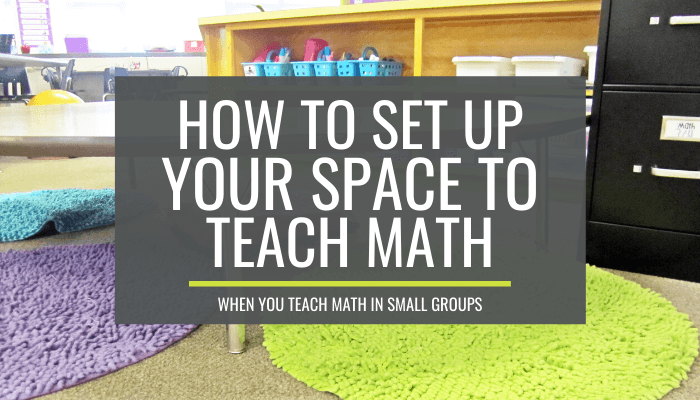
What is a teacher center?
The teacher center is a place to gather students in small numbers to work on math skills at their level and work on building their math strengths.
It usually is a location of the classroom that has a teacher chair, some math materials nearby and room to spread out a bit with math manipulatives.
In some classrooms – it’s a kidney-shaped teacher table, a rectangular kindergarten table or in other classrooms – it’s the floor.
A teacher center can take on any shape that will work for you and your classroom.
If you want to differentiate your math teaching, you most likely will need a system in place to keep all of your other students engaged and learning while you meet with a small portion of your class.
In that case, you’ll want to fully explore what guided math could look like in your classroom using this ultimate guide: How to start guided math in kindergarten.
Let’s take a closer look at how to set up a teacher center area in your classroom that:
- is organized
- has what you need at your fingertips
- is easy to maintain all year long
Set up an inviting area
The goal of creating a teacher center space isn’t to have a Pinterest-perfect one. And the goal isn’t to have every math material available you could possibly ever need to teach any math concept.
The goal is to have what you need within arms reach when you need it and to have a place to work with students.
And for most of us, this means that there won’t be too much stuff in this space. There needs to be a clear work surface and space for students to sit and work.
To set up an inviting area you’ll need:
- seating for the teacher
- seating for the number of students in your largest group
- space for students to work using manipulatives
- functional storage nearby
Here’s an example of the space we used one year in our classroom. I put a kidney-shaped instructional table low to the ground.
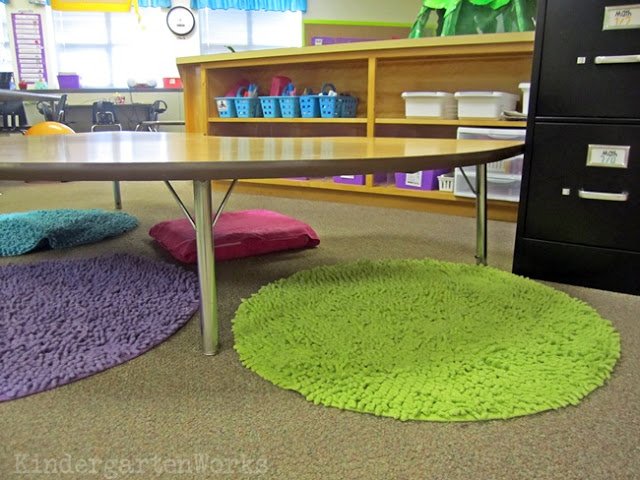
I had a memory foam pillow for me to sit or kneel on and colorful bathroom throw rugs to define student seating areas.
Now, I know that sitting on the floor isn’t for some of you, but it was awesome for us. When we were not doing math, this table was used all day long by my students since they had alternative seating options.
The table was placed in front of a bookshelf so I could see out to watch over the rest of the class and utilize the shelf space so everything would be within arm’s length.
The following year, I didn’t use any rugs and the filing cabinet pictured was moved and yet, the space was still inviting and easy to use.
Organize your materials
You generally need three types of storage at a teacher center.
1) First, plan what materials you need most often for the most lessons and find permanent places for those materials. If you’re going to use it almost every day at the teacher center, you want it within your arm’s reach.
2) Then create a place for you to put materials that are just for the particular day’s lessons (if there are any materials you need that aren’t normally stored at this center).
3) Lastly, create a place to keep any materials specific to each of your math groups. This way you can keep flashcards, unfinished work or differentiated materials specific to a group.
I’ll show you what I had in each type of storage in my classroom.
Everyday materials
I stored the materials I used most often in a 3-drawer Sterilite unit and in pencil caddies on the shelf behind my teacher table.
Let me show you the contents of each drawer.
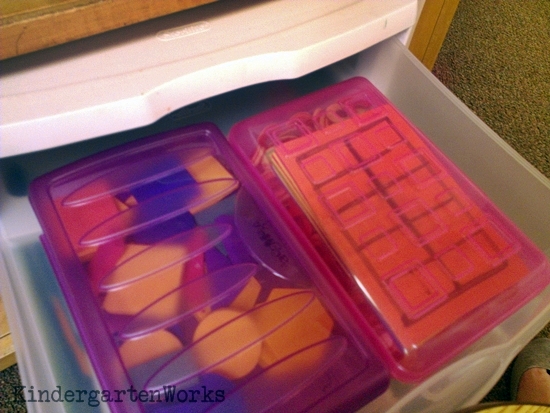
I used little Dollar Tree organization baskets and sometimes a pencil box inside to keep smaller items organized and easy to grab.
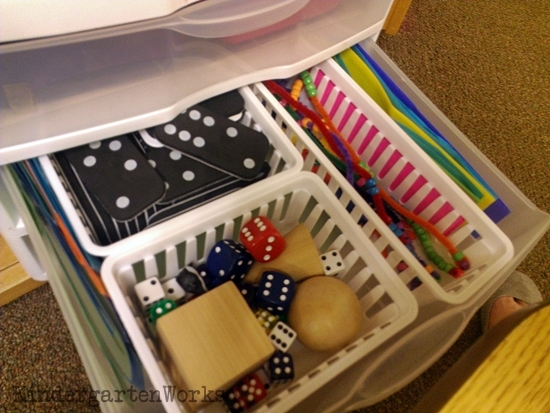
In the 3-drawer unit I kept:
- pattern blocks + attribute blocks
- ten frames (drawn on craft foam) + counting chips
- foam dominoes
- die
- number lines
- counting rods (pipe cleaners with beads)
- math mats
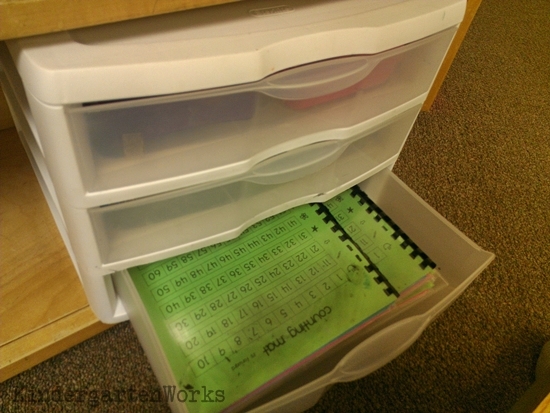
Now, I also used pencil caddies next to these drawers. These also held materials we would use regularly, if not daily.
The pencil caddies held:
- pencils
- dry erase markers and baby sock erasers
- bingo daubers (dot makers)
- glue sticks
- linking cubes
- crayons
- markers
- red, yellow and green craft foam (to play flashcard flash)
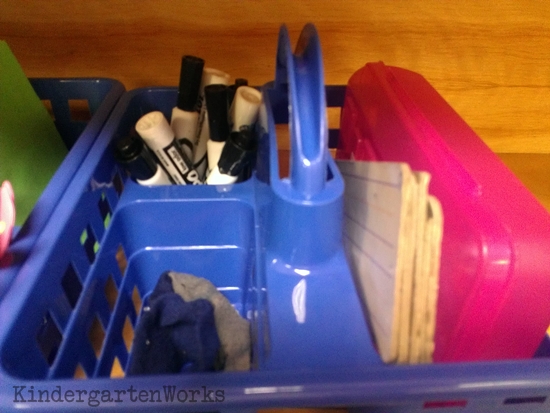
Pencil caddies were easy to place onto the table and clean up into.
I used pencil boxes in the largest section of the caddy to hold an assortment of crayons, pencils, and markers and one pencil case contained linking cubes.
Temporary materials
Next, I kept a medium-sized, Sterilite sturdy white basket with the materials needed for our wrap-ups, warm-ups or general lesson materials. It was a great place to card sets, a game or special manipulatives.
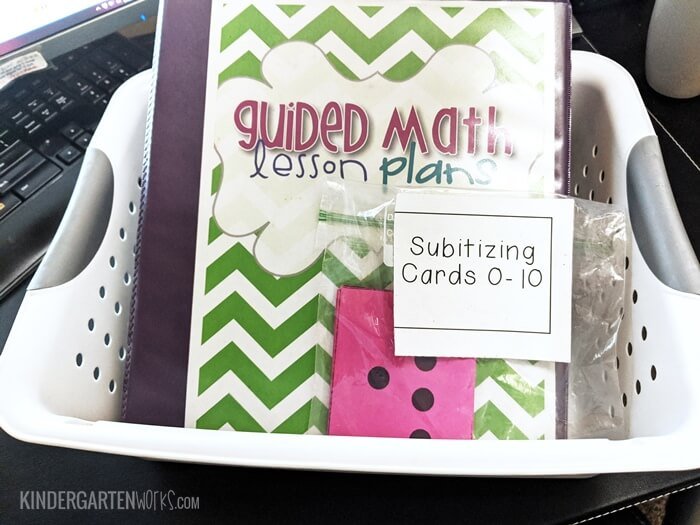
This basket holds things only temporarily. Once a lesson or the week is over, this basket’s materials get returned to their proper place.
This basket was also big enough that I usually placed my guided math lesson plan binder in it too. That way our table stayed clear and could be used for other things during the day.
Related: How to organize math materials when not in use >>
Group-specific materials
Last, I had four purple baskets on the bottom shelf behind my teacher table to hold materials specific for each group.
These are the locker-style bins that the Dollar Tree normally carries.
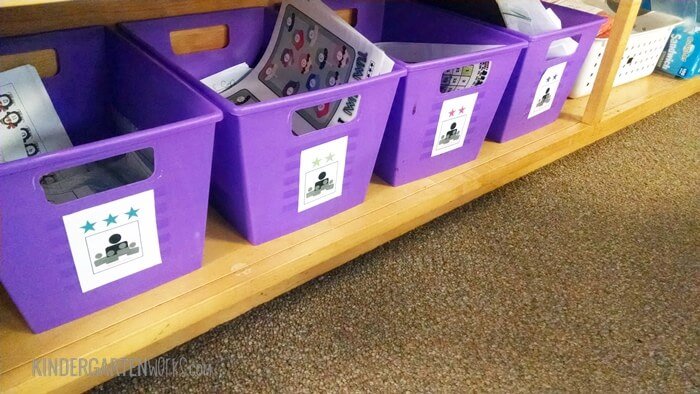
Most often we kept flashcards (because my students created their own sets) or unfinished work in these baskets. Sometimes they were empty.
The baskets have a group label so that students can easily find his or her own work without digging through an entire class set or have to rely on the teacher to get for them.
Let’s wrap it up
There you have it – what a teacher center is and how I recommend setting up your teaching area if you teach using a guided math format.
Remember to make your teacher zone inviting, but keep the focus on having enough seating and work area and to make it functional.
When you have a place to keep materials you’ll use all year long at your fingertips, a place to rotate in temporary materials and a place to keep small group materials, you’ll be set up with a system that’s easy to maintain.
Read Next: How to create a guided math binder >>
If you like what I do here on KindergartenWorks, then be sure to subscribe today. I look forward to sharing ideas with you weekly.

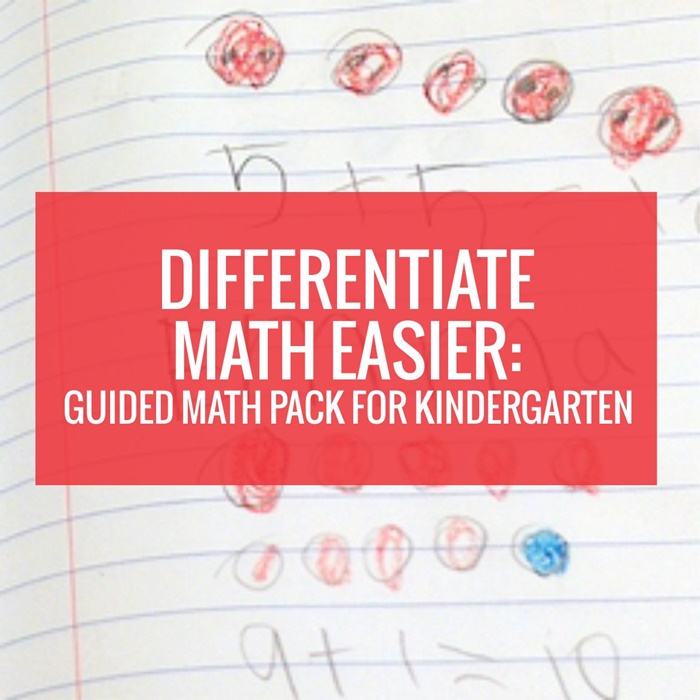
![Composing and Decomposing Numbers: What This Looks Like in Kindergarten [3-Part Series]](https://www.kindergartenworks.com/wp-content/uploads/2013/05/Composing-and-Decomposing-Numbers-in-Kindergarten-I-love-the-ideas-in-this-series.jpg)
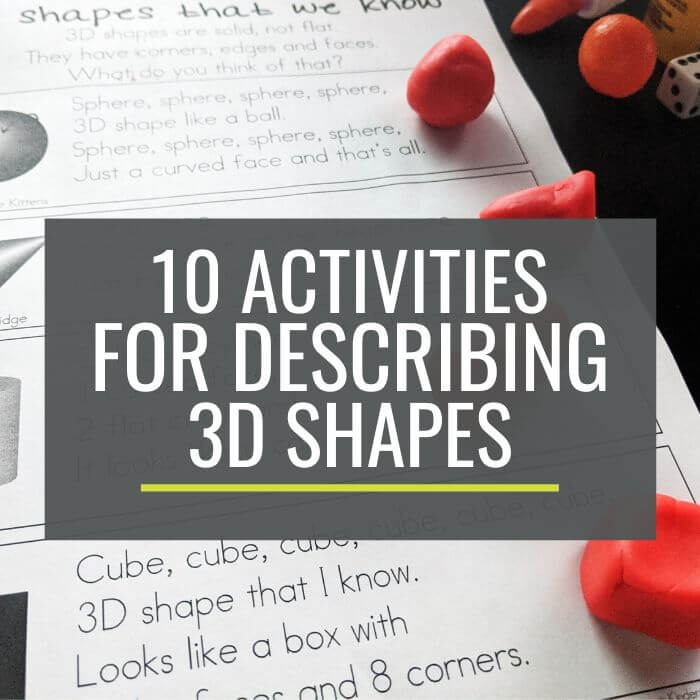
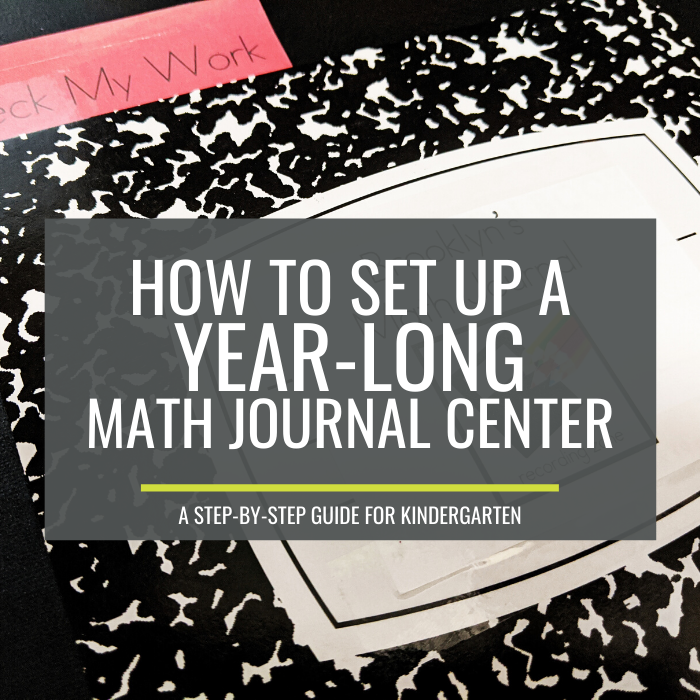

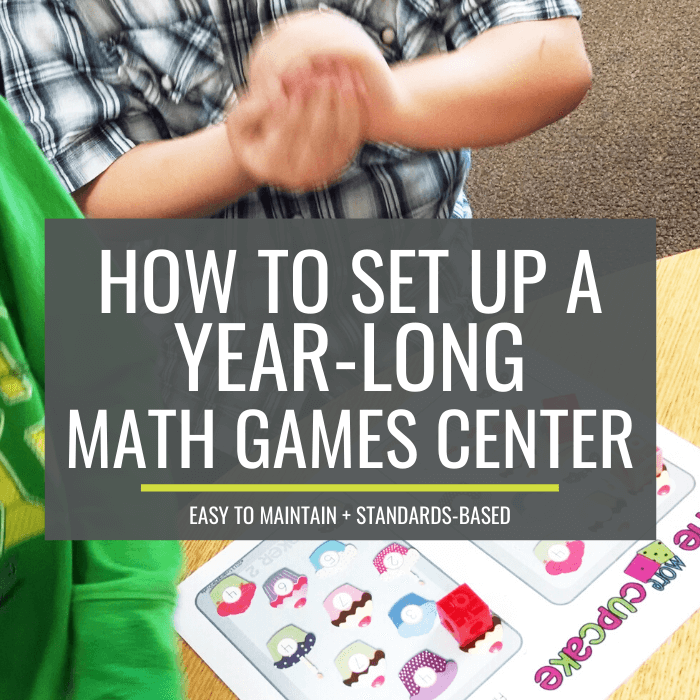
I absolutely love your ideas for guided math and thank you so much for the useful links you provided for some materials. I have been starting at your guided math table for the last few minutes thinking how genius it is to have it on the ground. I bet that is so special and fun for the kids too. I think mine would love it and I am going to brainstorm on Monday how to make it work in my room. Thanks for the great ideas!
Thanks Sandy, I got the idea to lower a table from another teacher in our building. She had a small round one that kids could read around for independent time which made me think I could take it a step further. They do enjoy it and I enjoy having students be able to sit at all levels. (Standing, floor, kneeling…etc) Hope your brainstorming sessions pays off 😉
– Leslie
You maximized your space. All things has it’s own place. Very organized. Thanks for sharing it.
Ok, I couldn’t stop thinking about the green/yellow/red mats you use for flashcards and turns out I only have green foam in stock=( So I made a document with the colored areas to print and include in my kids math mat folders (I like how you bound yours though). Anyway, do you care if I share on my blog? I’d link back to your wonderful idea of course.
Great plan to include them into your folders so that they are ready! Great idea! I’d be flattered if you shared Melissa – thanks!
I needed to read this post. I’m heading to school tomorrow to do some organizing and I think I know where I’ll start now. I love the green/yellow/red mats for flashcards, and I already have foam=) And thanks for mentioning my counting mats!
Thanks Melissa – I love them!
You are so organized! Thanks for sharing this. Renee
Thanks Renee! I appreciate your comments – Thank you for sharing your time!
– Leslie